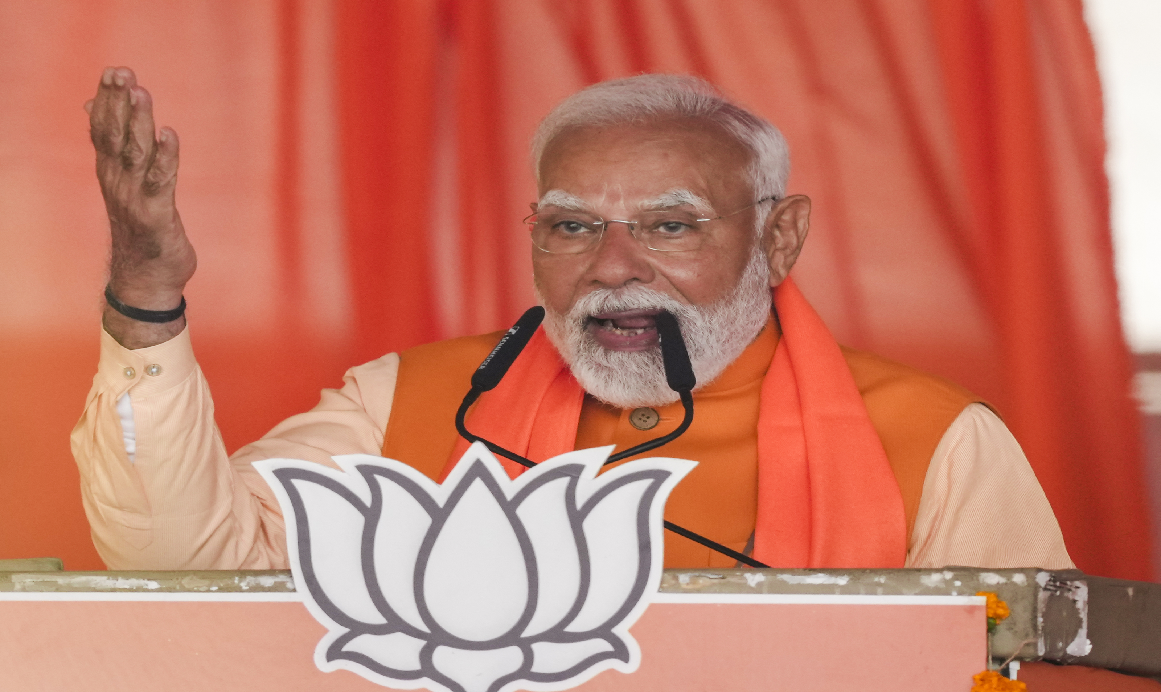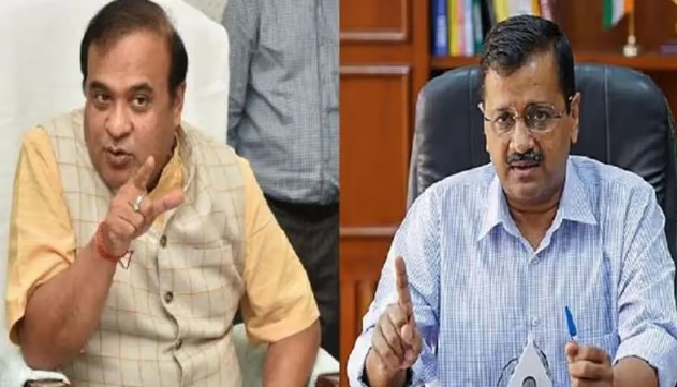
Spending power of poor and middle classes falls
Spending power of the lower- or middle-income class has been "eroded significantly" due to higher inflation and negligible or negative real wage growth over the past few years
NT Correspondent
Mumbai: The spending power of the lower- or middle-income class has been "eroded significantly" due to higher inflation and negligible or negative real wage growth over the past few years, says India Ratings and Research which also says that only the creamier sections of society are consuming adding that the FY24 budget is expected to continue with social sector spending in view of this situation. The annual budget for 2023-24 will be presented in parliament on February 1 by Finance Minister Nirmala Sitharaman.
"Anecdotal evidence suggests that the gap between the haves and have nots has widened. ...various social welfare schemes such as PM-KISAN and MGNREGA will not only continue but will also get appropriate resource allocation in the FY24 budget," the agency said.
It added that the recently announced measure on the free food grains front under the National Food Security Act for 813.5 million poor from 1 January 2023 to 31 December 2023 is a step in the same direction.
On the infrastructure front, it expected the budget to increase capital expenditure to Rs 8.50 lakh crore in FY24 in order to build and strengthen vital infrastructure which could act as a foundation for a broad-based and sustainable recovery.
With the private sector not keen to come forward to invest, the agency said the budget can look at the customs duty front, saying inverted or distorted duty structures in select areas and sectors have been waiting for a correction for a long.
The agency said the budget would attempt a more gradual approach towards fiscal consolidation and therefore the fiscal deficit may get pegged at about 6.0 percent of the GDP. On the skill development front, it termed the decline in the contribution of quality of labour to India's GDP growth to 4.5 percent during FY16 - FY19 from 9.5 percent during FY06-FY10 as a "cause of worry".
This is happening because India is lagging behind in equipping its workforce with the requisite skill set and education to cope up with the technological/business/ managerial changes occurring in the economy, the agency said, expecting an uptick in allocations on this front.
 English daily published in Bengaluru & Doha
English daily published in Bengaluru & Doha






